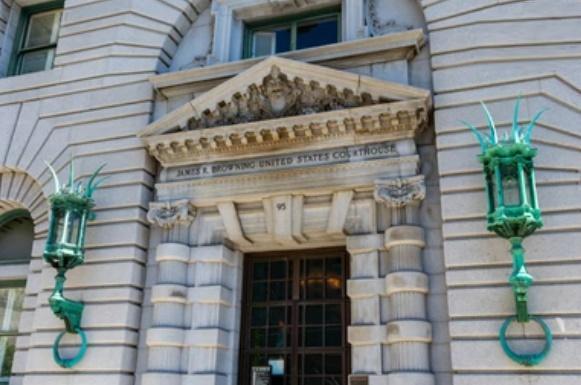

- Ref # CAE00019
- January 08, 2023
Trial by Zoom - Special Attention Judges & Trial Attorneys
By Robert Phillips, Deputy District Attorney (Ret)
Trial by Zoom: Ahhh . . . , the wonders of modern technology. In this era of everyone’s possible exposure to COVID-19, and considering the nature of jury trials where judges, attorneys, defendants, jurors, and witnesses, along with anyone else from the general public who might wander in to see what’s going on, all pushed into the close confines of a courtroom, it’s a wonder that communicable diseases aren’t spread more often than they are. But one federal district court judge in Nevada came up with an innovative solution when the possible threat of a COVID-19 exposure reared its ugly head in her courtroom, as described in the unpublished Ninth Circuit Court of Appeal decision of United States v. Knight (9th Cir. Jan. 4, 2023) 2023 U.S.App. LEXIS 87. In Knight, a juror in a robbery trial that was just about to begin reported to the court that his wife was sick at home, and that he may have been exposed to COVID as a result. Hoping to find a way not to interfere with the process of the trial, the judge proposed to the parties that they select one of three options: (1) Temporarily delay the trial; (2) excuse the juror in favor of one of the alternates; or (3) allow that juror to see and hear the evidence at home via a “Zoom” set up where that juror could participate remotely through a real time video and audio set up.
The defendant, through his attorney, chose Door #3; the Zoom procedure, specifically (and repeatedly) acknowledging that he understood it was his choice, that he had the right to insist on all twelve jurors being physically present, and that by agreeing to the Zoom procedure, he was waiving that right. Knowing this, he specifically waived his rights in this regard. Convicted on multiple counts of robbery, and sentenced to over 14 years in prison, the defendant had a change of heart, appealing his conviction and arguing that the Zoom procedure constituted what was described as “structural error.” As such, defendant argued that allowing him to waive his right to have all 12 jurors physically present was reversible error. “Structural error,” as explained by the Court, is defined as one that deprives a defendant of the “basic protections without which a criminal trial cannot reliably serve its function as a vehicle for determination of guilt or innocence,” and “def[ies] analysis by harmless error standards” because (a) the right at issue protects some interest other than avoiding erroneous convictions, (b) the effects of the error are difficult to identify or measure, and/or (c) the error is of a nature that “always results in fundamental unfairness.”
The Ninth Circuit assumed without deciding that a criminal defendant has a constitutional right to the in-person participation of a full panel (i.e., 12) of jurors during trial. However, the Court held that there is no indication in the record—and no reason to suppose—that the remote participation of a duly empaneled juror interfered with the functioning of the jury, somehow making that juror partial or unrepresentative, or otherwise impacting the procedures used for the presentation of witnesses. The Court further held that allowing a juror to participate remotely does not impact the entire framework of the trial in ways that cannot be accurately measured on review. The Court also explained that none of the errors defendant alleged in his appeal would necessarily arise simply because a juror is participating remotely. Lastly, the Court also noted that there is no case law or other authority to support a presumption that the remote participation of a juror would necessarily render a trial unfair and the resulting judgment unreliable.
In sum, the Court found that if error at all, having a juror participate remotely did not constitute “structural error,” and that given his knowing and intelligent waiver, he has no right to complain on appeal. Good rule for judges and trial attorneys to know.







